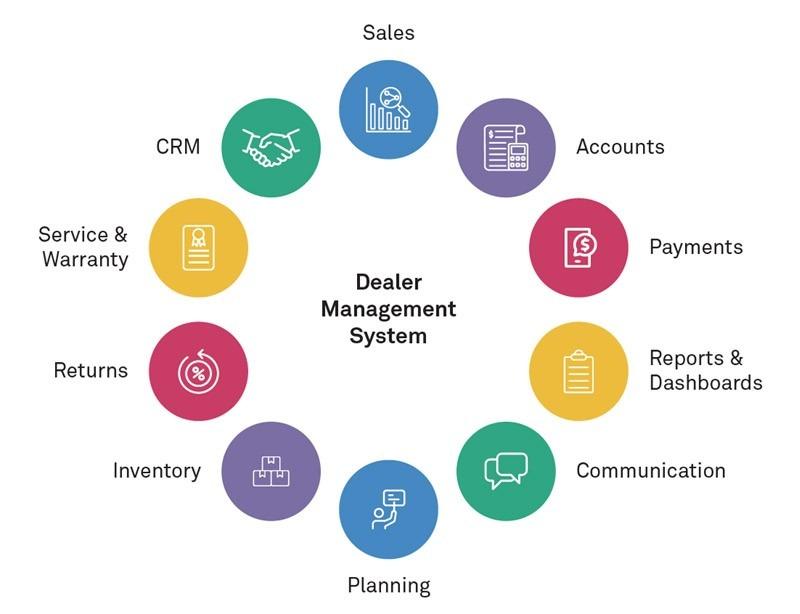Dealer Management System Market Research Report, Opportunities, and Forecast | 2035

For a new software company, entering the formidable and deeply entrenched global Dealer Management System (DMS) market is one of the most difficult challenges in the enterprise software world. A pragmatic analysis of effective Dealer Management System Market Entry Strategies reveals that a direct, head-on attempt to build a comprehensive DMS to compete with the duopoly of CDK Global and Reynolds and Reynolds for franchised new car dealers is a strategy with an almost zero probability of success. The barriers to entry—including OEM certifications, high customer switching costs, and the sheer complexity of the product—are monumental. Therefore, the only viable entry strategies for a newcomer are almost always based on a foundation of niche focus and an "ecosystem" play. This involves either targeting an underserved segment of the dealer market or building a best-in-class "point solution" that integrates with the dominant DMS platforms rather than trying to replace them. The Dealer Management System Market size is projected to grow USD 18.32 Billion by 2035, exhibiting a CAGR of 5.80% during the forecast period 2025-2035. This growth provides just enough space at the fringes for innovative and focused new entrants to find a defensible and profitable niche.
One of the most powerful and proven entry strategies is to focus on a specific segment of the vehicle retail market that is not the primary focus of the major incumbents. The most obvious of these is the independent used car dealer market. While the major DMS providers are built around the complex needs of new car franchises, the workflows of an independent dealer are often different and simpler. A new entrant could build a modern, cloud-native, and more affordable DMS that is purpose-built for the independent dealer. This platform would prioritize features that are most important to them, such as vehicle acquisition from auctions, inventory pricing tools, and digital marketing. By becoming the go-to DMS for the massive and fragmented independent dealer market, a new company can build a significant business without having to engage in a direct battle with the giants. Other potential niche verticals include the recreational vehicle (RV) market, the powersports (motorcycle, ATV) market, or the heavy truck market, all of which have unique needs that are often poorly served by the generic, automotive-focused DMS platforms.
Another highly effective entry strategy is to be a "best-of-breed" point solution that is designed from the ground up to integrate with the major DMS platforms. This is a classic "picks and shovels" or "app store" strategy. Instead of trying to be the core system of record, a new company can aim to be the best tool on the market for one specific, high-value function. For example, a startup could develop a superior, AI-powered digital retailing platform that provides a better online car-buying experience than the native tools of the major DMS providers. The strategy would be to build robust, certified integrations into the CDK, Reynolds and Reynolds, and Dealertrack platforms, and to sell their solution as a "plug-in" that enhances the existing system. Other examples could include building a best-in-class CRM, a modern service lane check-in tool, or an advanced data analytics platform. This approach allows the new entrant to leverage the massive installed base of the incumbents rather than competing against it, and it is a far more capital-efficient and higher-probability path to success in the modern, ecosystem-driven automotive technology market.
Top Trending Reports -
Japan Partner Relationship Management Market
- Art
- Causes
- Crafts
- Dance
- Drinks
- Film
- Fitness
- Food
- Juegos
- Gardening
- Health
- Home
- Literature
- Music
- Networking
- Other
- Party
- Religion
- Shopping
- Sports
- Theater
- Wellness


